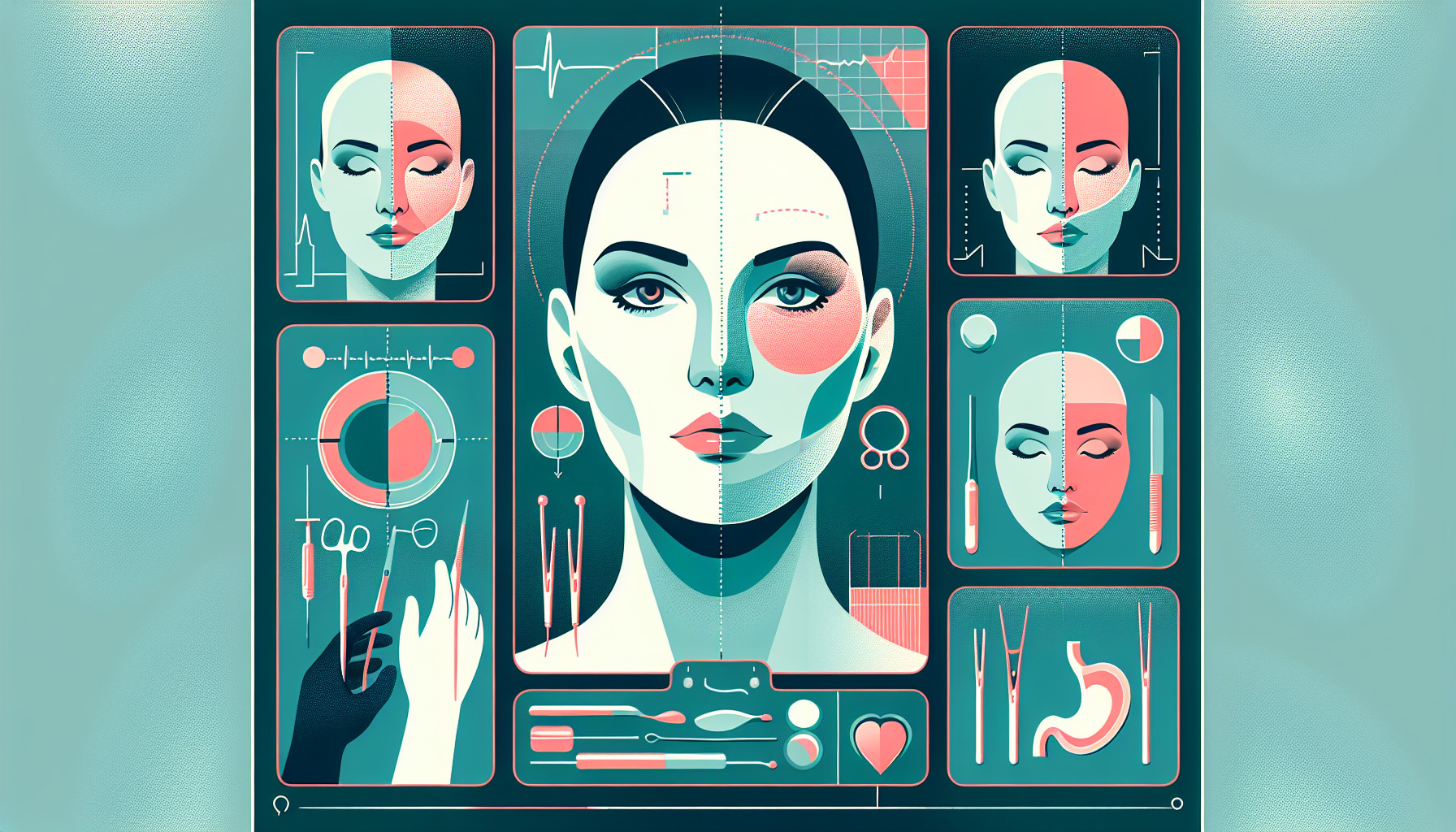Our Summary
This research paper is a detailed analysis of the studies published in the Journal of Craniofacial Surgery. A tool called Scopus was used to gather all the articles from the journal up to 7 July 2024. The information from these articles was then analyzed using a software tool called VOSviewer. The analysis covered the period from 1990 to 2023 and included 15,271 articles. The majority of these articles were original studies. The countries that published the most articles were the United States, Turkey, China, South Korea, and Italy. The analysis shows that the Journal of Craniofacial Surgery is increasingly influential in its field and that it plays a major role in sharing knowledge about craniofacial and maxillofacial research around the world. The study also acknowledges that using just one database (Scopus) could be seen as a limitation. However, it provides a detailed picture of the journal’s contributions to scientific research and education in the field of craniofacial surgery.
FAQs
- What tool was used to gather all the articles from the Journal of Craniofacial Surgery for this research paper?
- Which countries published the most articles in the Journal of Craniofacial Surgery, according to this analysis?
- What is the time period covered by the analysis of the studies published in the Journal of Craniofacial Surgery?
Doctor’s Tip
One helpful tip a doctor might tell a patient about craniofacial surgery is to follow all pre-operative and post-operative instructions carefully. This includes avoiding certain medications, following a specific diet, and attending all follow-up appointments. By following these instructions, patients can help ensure a successful outcome and reduce the risk of complications.
Suitable For
Patients who are typically recommended for craniofacial surgery include those with congenital anomalies such as cleft lip and palate, craniosynostosis, and other facial deformities. Additionally, patients with acquired conditions such as facial trauma, tumors, and other structural abnormalities may also benefit from craniofacial surgery. Patients who have functional issues with breathing, eating, or speaking due to their craniofacial anatomy may also be recommended for surgical intervention. Overall, craniofacial surgery is a specialized field that aims to improve both the form and function of the face and skull, and patients with a variety of conditions may be candidates for treatment.
Timeline
Before craniofacial surgery, a patient typically undergoes a thorough evaluation by a team of healthcare professionals, including surgeons, orthodontists, speech therapists, and psychologists. This evaluation may involve imaging studies, such as CT scans and MRIs, as well as physical exams to assess the extent of the craniofacial abnormality and its impact on the patient’s appearance and function.
After the evaluation, a treatment plan is developed that may include surgical correction of the craniofacial abnormality. The patient may need to undergo preoperative testing, such as blood work and EKGs, to ensure they are healthy enough for surgery. They may also receive counseling and support to help them prepare mentally and emotionally for the procedure.
During craniofacial surgery, the patient is placed under general anesthesia, and the surgeon makes incisions to access the affected area of the skull, face, or jaw. The surgeon then reconstructs or reshapes the bones and tissues to improve the patient’s appearance and function. The surgery can take several hours to complete, depending on the complexity of the procedure.
After craniofacial surgery, the patient is typically monitored closely in the hospital for a few days to ensure they are healing properly and managing any pain or discomfort. They may need to follow a specific diet, take medications, and attend follow-up appointments with their healthcare team to track their progress and address any concerns. Physical therapy and speech therapy may also be recommended to help the patient regain strength, mobility, and function in the affected area. Overall, the recovery process can vary depending on the individual patient and the type of surgery performed, but with proper care and support, most patients can achieve positive outcomes and improved quality of life.
What to Ask Your Doctor
Some questions a patient should consider asking their doctor about craniofacial surgery include:
- What specific craniofacial condition do I have, and how will the surgery address it?
- What are the potential risks and complications associated with the surgery?
- What is the expected recovery time and what can I do to help facilitate my recovery?
- Will I need additional procedures or treatments before or after the surgery?
- What type of anesthesia will be used during the surgery, and what are the potential side effects?
- How experienced are you in performing craniofacial surgery, and what is your success rate?
- Will there be any visible scars or changes to my appearance after the surgery?
- How long will the results of the surgery last, and will I need any follow-up procedures in the future?
- What are the alternatives to surgery, and why is surgery recommended in my case?
- Can you provide me with before and after photos of previous patients who have undergone similar procedures?
Reference
Authors: Durna YM, Tekin MS, Duymaz YK, Bahşi İ. Journal: J Craniofac Surg. 2024 Sep 16. doi: 10.1097/SCS.0000000000010643. Online ahead of print. PMID: 39283085
